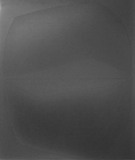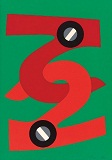Yoshishige SAITO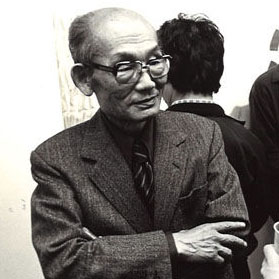 |
Saito, born 1904 in Tokyo, started working as an artist during the Taisho and early Showa eras under the impact of European avant-garde movements such as Dada and Constructivism. His reliefs were rejected from the Nika exhibition for conforming neither to the definition of the painting nor the sculpture category. Saito’s approach thus stands out from the prewar art scene as he could not easily be fitted into any of the established genres of art of that time. After the war, Saito’s reputation in Japan and abroad continued to grow, and he taught many young artists who later became leaders in their own respective fields, particularly the Mono-ha movement of the 1970s. |
Mainly during the 1960s, Saito focused on the material of plywood on which he would use electric tools such as power drills to create holes and lines which he later covered with colors. In these sculptural objects, the process of reworking the surface of the material and the traces left thereof become the actual subject matter of the works. In his later years, Saito created wooden objects covered in black lacquer which he would simply arrange on the floor or next to walls. He died in 2001. |
|
|
||||
|
||||
|
|
||||
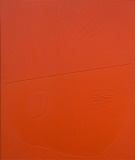 "Beaupin G-Red" 1973 Chemical resin baked on aluminium 73×61cm Ed.100 Signed Artist signed sticker and Tokyo Gallery sticker on the back SOLD |
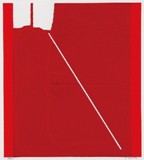 "Beaupin" Color copperplate print with embossing on paper 40.5×32.5cm Ed. 50 Signed SOLD |
SOLD |
||
|
|
||||
Inquiry form
2015 Gallery Collection of Mid-February 2/3 - 2/14 
|

